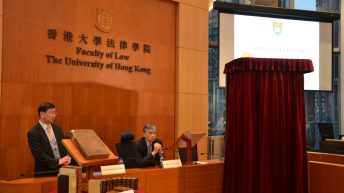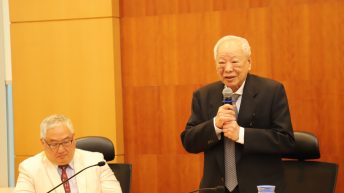Date: 24Feb 2014
SYNOPSIS:
Up till now, transnational commercial disputes have primarily been resolved via international arbitration or by parties agreeing to submit to the jurisdiction of a national court. The Dubai International Financial Centre (DIFC) represents an attempt to provide an alternative by creating a court with international character for resolving commercial disputes. In 2013, Singapore advanced this idea further by announcing the establishment of a truly international commercial court.
This presentation identifies the key characteristics of an international commercial court and analyses the DIFC and Singapore models to determine whether there are advantages for parties to utilise these courts instead of commencing arbitral proceedings. It will be argued that a confluence of factors has given rise to a gap in the market for dispute resolution services that the international commercial court seems poised to fill. Lastly, using the Singapore model as a case study, the issues of lex fori, proof of foreign law and party autonomy will be examined in order to articulate some of the challenges that those helming the international courts will face and offers some suggestions on the way forward. FULL DETAILS




